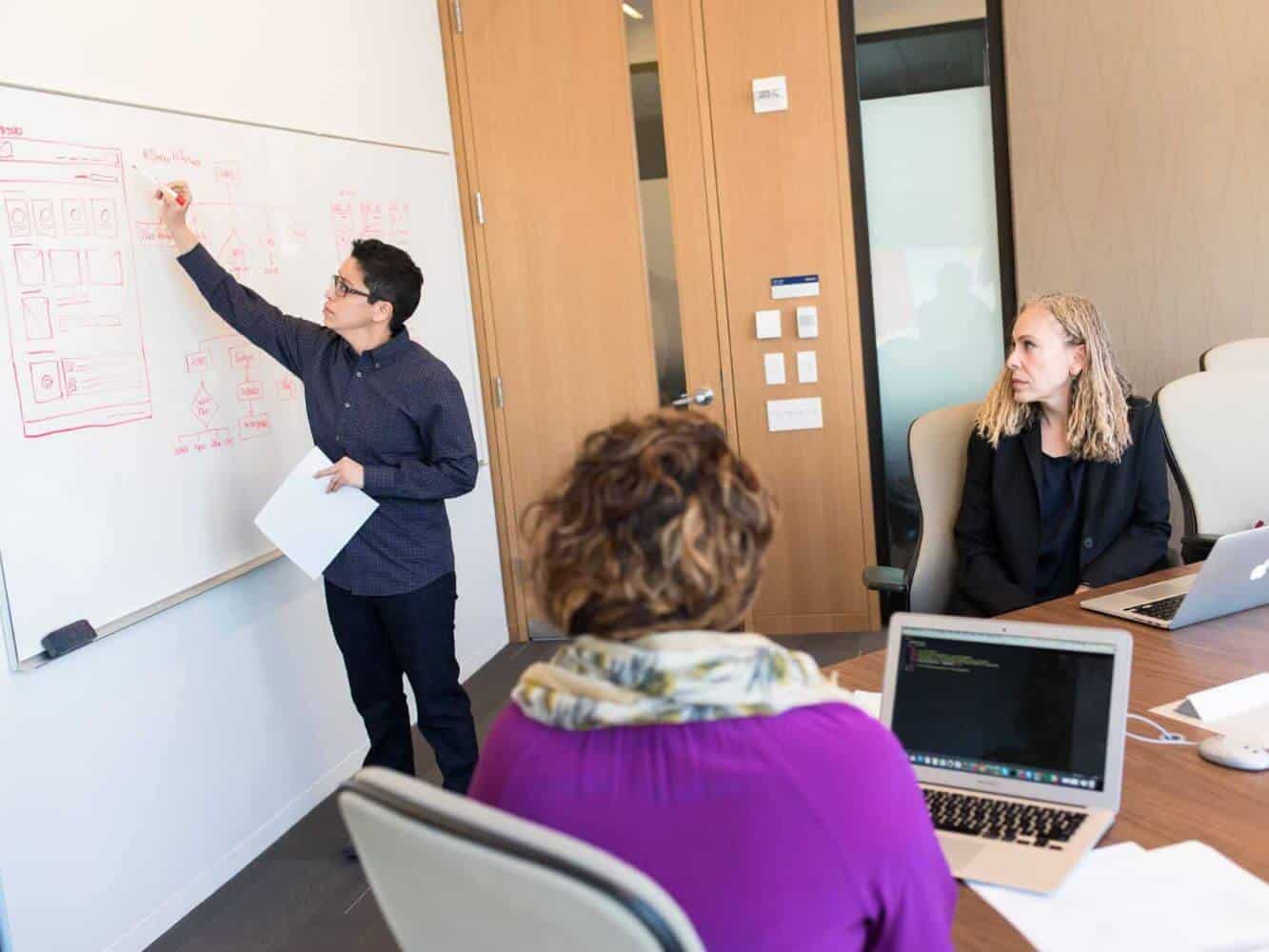Every dayinnumerable students go to school. Each of them possesses its own set of unique abilities, gifts, and challenges. But there are studies that indicate that students living in poverty often face far more challenges than their more privileged peers.
These studies highlight the reality of what the public education system is facing today. Nearly one-fifth of students in the world are either living in poverty, attending a school with a high poverty rate, or both. This has increased their chances of no getting proper assignment help. Poverty adversely impacts students in a number of ways within K–12 education and beyond.
This impact can be through a variety of different factors that are often symptoms of poverty, like health issues arising from malnutrition, homelessness, or the inability to receive adequate medical treatment for illnesses. Let’s mull over the impact in finer detail.

Source: Pixabay
Dealing with the challengeof diversity
The sharp spike in the number of children in poverty has contributed to making the classrooms in many of the developing nations more diverse. This, in turn, makes both learning and teaching considerably more challenging. This issue may come as a challenge for teachers. But it won’t become a problem if the focus is placed on student learning other than on teaching.
Teachers need to be aware of the culture of poverty and be sensitive to the variety of needs that disadvantaged children bring to the classroom. Social contexts have a major impact on the growth of children. The social world of school operates by a different set of rules than the social world these children live in.
Schools should focus on maintaining a harmonious relationship between the cultural values of students and the values taught in school. Given that our society comprises so many diverse cultures, there may be students who belong to more than one cultural group. They may be poor in addition to being non-English speaking or of an ethnic/religious minority group.

Source: Pixabay
Bridging the achievement gap
The difference in academic performance among children from different groups or classes (ethnic, racial, income) is identified as the achievement gap. Disadvantaged children generally achieve at lower levels than children of middle and upper classes. The reasons are numerous and are connected to both the social environment in which poor children live and the education they receive in school.
Factors like home environment, past experiences with education,the quality of student learning behaviours, and teacher attitudes are among the many influences on student achievement. Many researchers have suggested how schools can have a significant impact on the academic achievement and success of all children by perceiving them as “at-promise” instead of“at-risk” and preparing them to reach their complete potential.
Receiving a quality education is often the only means of breaking the cycle of poverty for poorchildren. These children require education that’s founded on high standards and high expectations for all. The alignment of the curriculum must exist to ensure that a rigorous assessment is carried out and are aligned with the standards.
What happens in classrooms has a substantial impact on the achievements of the student. It doesn’t help that theschool curriculum is challenging to prevent the limited opportunity for higher education. This translates into less opportunity in life for them.
More demanding environment
In the past few decades, the accessibility to well-paid unskilled jobs resulted in a virtual cycle that enabled families to maintain a middle-class lifestyle within ageneration. Back then, uneducated factory workers raised fairly stable families and sent their children to college. But in today’s knowledge-based economy, moving out of poverty is a lot more complex.
With increased competition for unskilled work and a minimum wage that has failed to keep up with inflation, achieving economic independence requires more education, planning, and interpersonal skills. This is where the low-income individuals are disadvantaged, to begin with.
Poor sense of agency
Children growing up in poverty often sail through life as a series of volatile situations over which neither they nor their caregivers have any control. Hence, they fail to develop a conception of themselves as independent individuals capable of making choices and acting on them to shape their lives. They end up reacting to crises that are only magnified by their poor ability to plan ahead or reflect.
This doesn’t only affect success in academic life, but studies have shown that a low sense of control over one’s life has major health impacts as well, regardless of finances or access to healthcare.
Low executive function
Skills like impulse control, emotional regulation, prioritization of tasks, attention management, and working memory draw on a limited supply of mental energy. But the everyday insecurities of life in poverty may disrupt thesefunctions by relieving stress hormones that direct energy away from them towards basic survival mechanisms.
Prolonged exposure to these stressors in childhood can restrict the early development of the neural connections that allow executive function. This, in turn, leaves children with both academic and behavioural issues.
How can we end extreme poverty through education?
The positive news is that there are more children enrolled in school than ever before in developing countries, but it’s still important to fully close the gap.
The first step to achieving high quality education for children of poverty is acknowledging that it’s a vital part of sustainable development. Citizens, philanthropists, governments, andcorporations all have an important role to play in this case.
Endnote,
Today more than ever, education is the major factor in eradicating poverty, while poverty remains the biggest challenge to education. Harnessing the growing development in the education sector in an effective and practical way is the key to breaking away from this vicious cycle. It’s essential to understand that children of poverty deserve a better quality of life, and only education can provide that.







